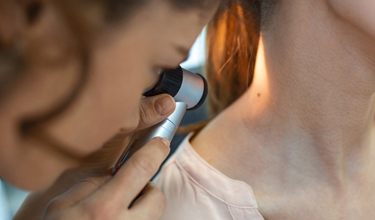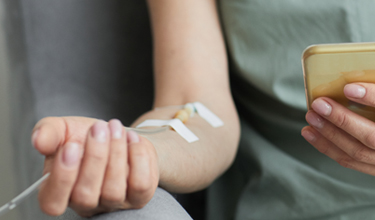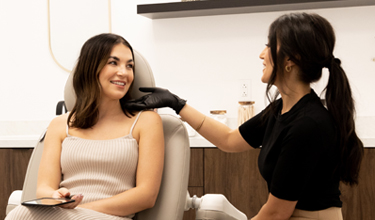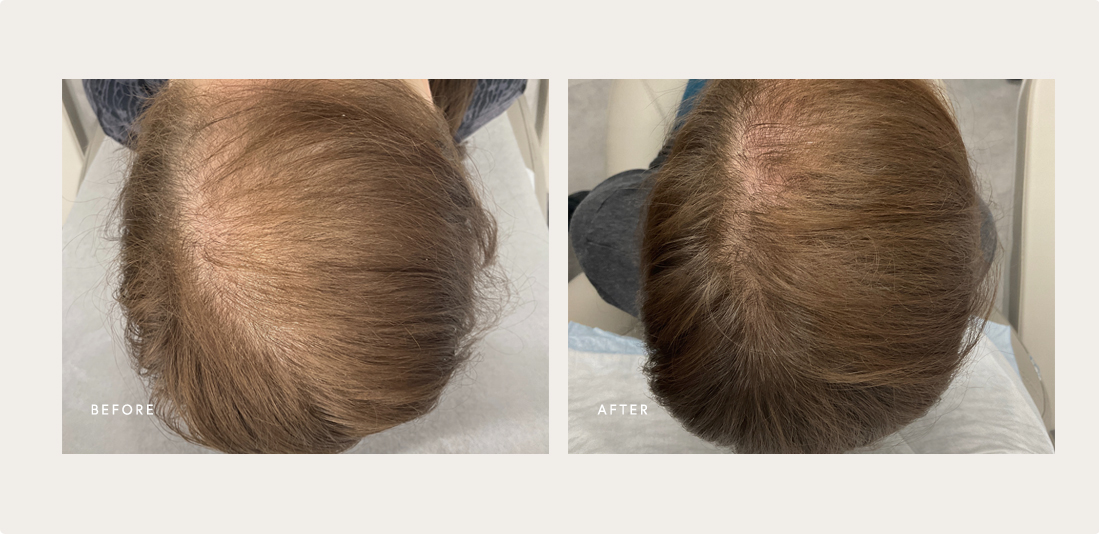Platelet Rich Plasma (PRP) for Hair Loss
Hair loss has a significant impact on self-esteem and confidence, in both men and women. It can cause social anxiety, depression, and body image issues. It can also result in sun damage on the scalp and affect the regulation of body temperature.
What is platelet-rich plasma (PRP)?
Platelet-rich plasma is a blood-derived product containing a higher concentration of platelets than typically found in the blood. Platelets play a crucial role in blood clotting and wound healing. They contain a variety of growth factors and other bioactive proteins that can stimulate tissue repair and regeneration and improve the blood supply to the scalp.
How does PRP treatment work?
PRP treatment for hair loss stimulates dormant hair follicles to grow hair. It may take up to six months to stimulate inactive hair follicles to enter the growth phase and grown new hair.









 / 291 Reviews
/ 291 Reviews
socialize with avant
#naturalskin